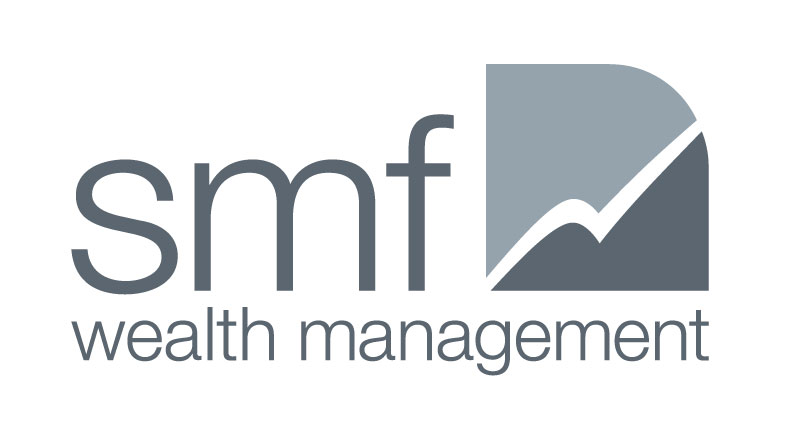Global economy
Inflation continues to be the key topic in relation to the global economy. The U.S. consumer price index rose 0.5% for the month of December, 7.0% on a year-on-year basis, the fastest rate of increase since June 1982.
The US Federal Reserve commenced tapering (reducing its bond purchases) in November. Since then, the Federal Reserve has provided multiple indications that its run of ultra-easy policy since the beginning of the pandemic is coming to a close, making aggressive policy moves in response to rising inflation. For one, the central bank said it will accelerate the reduction of its monthly bond purchases.
The Fed will be buying US$60 billion of bonds each month starting in January, half the level prior to the November taper and $30 billion less than it had been buying in December. The Fed was tapering by US$15 billion a month in November, doubled that tapering rate in December, then will accelerate the reduction further in 2022.
In early January, projections indicated that Fed officials saw as many as three rate hikes coming in 2022, with two in the following year and two more in 2024. Since then, nearly five Fed interest rate hikes are being priced into investment markets.
Australia
Job vacancies rose 18.5% in the three months to November to 396k. That reflects some rebound after a 10% decline in August alongside lockdowns, but also sees vacancies comfortably reaching new highs. The level of vacancies is now 74% higher than pre-pandemic February 2020. There are now just 1.6 unemployed people per job vacancy, a new record low and well down from 3.1 prior to the pandemic. Job vacancy data continues to indicate a very high level of demand for workers post the lockdowns.
Retail sales rose 7.3% month-on-month in November, well above the consensus for a 3.6% rise and following a 4.9% increase in October. That puts retail sales nationally 5.8% above their previous record high in November 2020 and 20.3% above pre-pandemic February 2020 levels.
The International Monetary Fund forecasts that Australia's GDP will grow 4.1% in 2022 on the back of increased business activity and international borders reopening. However, the Omicron outbreak, which has spread rapidly since mid-December, is likely to make a reasonable dent in economic activity, with some economists and fund managers already reducing Q1 2022 GDP forecasts. Having said this, if the economy grows at anywhere near 4.1%, this would likely be a good outcome. The key risks Australia still faces are prolonged global supply chain disruptions, tighter global financial conditions, geopolitical tensions, a house price correction.
Fixed income and currencies
Australian Government Bond yields rose significantly during the quarter, with the three-year yield increasing by a very large 0.60%. The long end of the curve rose 18 bps, which again was a significant move. This produced poor returns for the quarter for Australian Government bonds in general.
The size of the increase in the 3-year bond yield relative to the size of the changes in the cash and 10-year bond rates indicates that rate rises are expected, but not immediately.
Similar to the Australian market, the U.S. three-year bond yield increased significantly (45 basis points) last quarter.
Credit spreads tightened over the quarter with both Investment Grade and High Yield spreads contracting by 14 basis points. Given the lower starting point of Investment Grade spreads, this is actually a more significant tightening for Investment Grade than High Yield, as the High Yield index spread is more than twice as wide to start with. Overall, U.S. credit had a favourable quarter.
The Australian dollar (AUD) rose 1.9% against the US Dollar (USD) to 0.7263 in December and rose 0.50% during the quarter. We also saw a 1.5% increase in value against major trading partners ($A TWI) in December and 0.49% for the quarter.
Shares
The Australian market rose 1.53% in the December quarter. The leading sectors were Materials (up 12.44%) and Utilities (up 10.02%). Energy was the worst performer (down 8.82%). In the materials sector, BHP had a significant rebound after a relatively poor Q3 - this was a key driver for the sector.
At a style level, Value was the worst performing style for the quarter, being the only style to produce a negative return, albeit a relatively small negative. Having said this, Value performed broadly in line with the Index for the year.
Overall, Quality and Growth continued to power ahead, both being the best two performers for the quarter and the calendar year.
International markets generally performed well during the December quarter, with the exception of the Hang Seng index (down 4.79%) and the Nikkei (down 2.24%).
From a style perspective, all styles produced positive returns for the December quarter, with Quality being the standout. For the calendar year, all styles produced very favourable returns, with Momentum being one of the poor styles, but still retuning an impressive 21.2%.
If you have any questions, or would like to discuss this further, please speak to your Financial Adviser.
Source: IOOF Research
